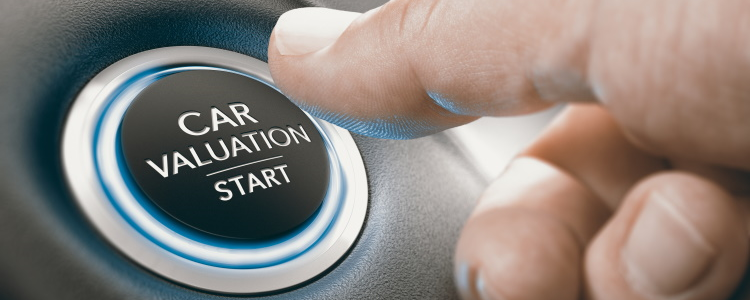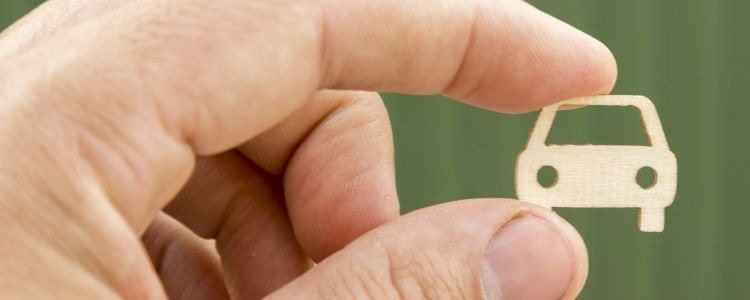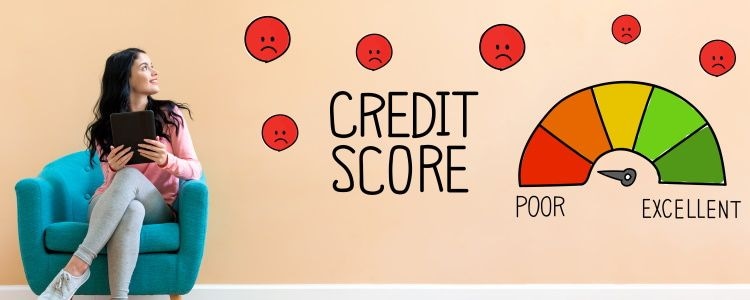You can certainly trade in a car if you still owe money on it! It’s extremely common for people to trade in their old vehicle to help lower the amount they’d need to finance on their next auto loan. There are a few more steps compared to trading in a car that’s paid off, but it’s nothing to fret over.
What’s Your Car Worth?
 If you’re thinking about trading in a vehicle, one of the first things you should do is find out how much the car’s estimated value is to see if you have equity. The amount of equity you have in the vehicle is what goes into your next car purchase. Equity is the positive difference between your vehicle’s value and your loan balance. If your loan is paid off, its entire value is equity.
If you’re thinking about trading in a vehicle, one of the first things you should do is find out how much the car’s estimated value is to see if you have equity. The amount of equity you have in the vehicle is what goes into your next car purchase. Equity is the positive difference between your vehicle’s value and your loan balance. If your loan is paid off, its entire value is equity.
There are quite a few online car valuation sites out there, but two of the most widely used ones are Kelley Blue Book and NADAguides. Enter your vehicle’s information online (be honest to get the most realistic estimate), and you can usually receive an estimated cash value and an estimated trade-in value.
Once you have the estimated valuation of your car, contact your lender and ask for a 10-day payoff amount. The amount is going to include the remaining balance of your loan and 10 days of interest charges.
Now, compare your estimated trade-in value to the 10-day payoff amount. Do you owe less on the vehicle than it's estimated to be worth? This means you’re likely in an equity position, which means it’s worth it to trade in your car that you still owe on!
But, if you owe more on the vehicle than its estimated value, that’s called negative equity, also called being underwater or upside down on your loan. Trading in a car that’s underwater isn’t going to lower the amount you’d need to finance for your next vehicle purchase.
To trade in a car with negative equity, you need to pay the difference between the actual cash value (ACV) and the remaining balance on your loan to remove the lien from the title so the vehicle can be sold.
An Equity Trade-In
Trading in a car with equity is the best-case scenario, since you can use that positive balance to put toward another vehicle.
Dealerships are usually very familiar with trade-ins, so they can help guide you through the process. The whole trade-in process does vary a little from state to state, but you can usually expect it to go like this:
- Ask your lender for a payoff amount.
- Have the car appraised by the dealer, and they offer a price.
- If you accept the offer, the dealership sends a check for the vehicle to the lender.
- The lender removes the lien from the title, allowing the car to be sold.
- The equity is put toward your next purchase.
If the dealer offers an amount that’s able to cover your remaining loan balance, and then some, it's the best-case scenario. When you trade in a vehicle to a dealership, it's important to note that the dealer is the one that determines the car’s ACV.
You could have gotten estimates online for much more (or much less) than what the dealership offers. There’s usually room for negotiation, but you won’t have any bargaining power if you don’t get some estimates yourself.
Additionally, don’t feel pressure to settle on the first offer you get. It’s worth it to go to at least one franchised dealer of your vehicle’s make, and around two or three others. It might take a little extra work, but it could mean more cash for you!
A Negative Equity Trade-In
If you were looking to trade in your car to put toward your next purchase, a vehicle with negative equity won’t help, unfortunately. But negative equity is common (especially for newer cars), so you have a few options for resolving the issue:
- Wait – Although you were looking to trade it in, you could simply wait until you make enough payments so you can earn equity. Or, at least close the gap so you can break even if you want to sell the vehicle immediately.
- Pay the lender – If you need to sell the car and remove the lien from the title, you could pay the lender the difference between the ACV and the loan balance. Depending on the gap, you could cover it with cash, but this isn’t an option for everyone if the amount is large.
- Roll over – You may be able to roll over the negative equity into your next auto loan if you find a lender willing to do this. Essentially, you're adding the difference between the ACV and the loan balance to your new loan when you roll over negative equity. However, this usually means you start your new car loan in a negative equity position, since you’re borrowing more than the next vehicle is worth. A higher loan balance means more interest charges, likely a longer loan term, and increases the likelihood of being in negative equity for a while (again).
Negative equity can also happen faster with auto loans that have high interest rates. You can’t refinance a car with negative equity, but if you work hard to get to the break-even point (loan balance is equal to the vehicle’s value), you could try to lower your interest rates and save some cash in the long run.
Finding a Car Dealership for You
If you’re ready to trade in your car for something else, you can start the process with us at Auto Credit Express.
We have a network of dealers that spans the whole country, and we connect borrowers of all credit types to these locations for free. If you’re struggling to find a dealership that can work with your credit situation, fill out our auto loan request form. It’s secure, quick, and easy, and we’ll look for a dealer near you right away.


















